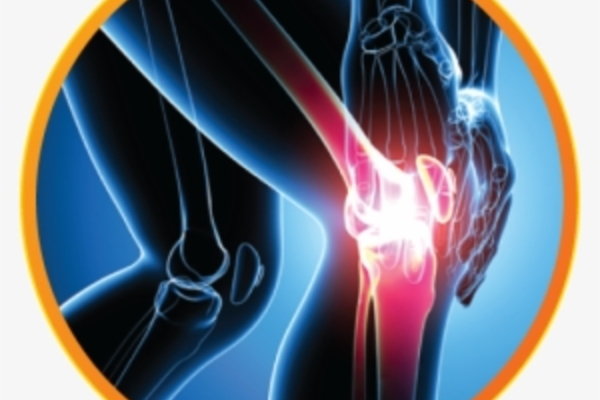Walking might assist with some types of knee pain, but it can also make the issue worse. For example, if you have a fall and injure your knee, you should stay in bed and rest your joint completely to avoid aggravating the swelling.
A new study headed by Baylor College of Medicine researchers published in Arthritis & Rheumatology finds that walking for exercise can lower new frequent knee discomfort in persons aged 50 and older diagnosed with knee osteoarthritis, the most prevalent kind of arthritis. Furthermore, the study’s findings suggest that walking for exercise may be an effective treatment for slowing the damage that happens within the joint.
“Until now, there has been a lack of credible treatments that provide benefit for both limiting damage and pain in osteoarthritis,” said Dr. Grace Hsiao-Wei Lo, assistant professor of immunology, allergy, and rheumatology at Baylor, chief of rheumatology at the Michael E. DeBakey VA Medical Center, and first author of the paper.
These findings are very valuable for those who have radiographic evidence of osteoarthritis but don’t feel pain in their knees every day. This study lends credence to the idea that walking for exercise can help reduce the beginning of everyday knee pain. It may also reduce the progression of joint deterioration caused by osteoarthritis.
Dr. Grace Hsiao-Wei Lo
The researchers looked at the findings of the Osteoarthritis Initiative, a multiyear observational study in which individuals self-reported the amount of time and frequency with which they walked for exercise. Participants who reported 10 or more occasions of exercise beyond the age of 50 were classed as “walkers,” whereas those who reported less were classified as “non-walkers.”
When compared to non-walkers, those who reported walking for exercise had a 40% lower risk of new frequent knee discomfort.
Walking is a low-impact workout that is gentle on your knees and can help develop the muscles in that region. Begin slowly and gradually increase to a half-hour walk three to five times a week. This can gradually strengthen the muscles in your legs and can aid in weight loss, relieving some of the strain on your knees. The muscles around your knees that you strengthen will work as a natural knee brace, keeping everything in place.

Avoid walking on hard surfaces as this can aggravate knee pain. Walking on a track or in the grass will reduce the strain on your knees. Walking on an elliptical machine rather than a treadmill will also reduce the impact on your knees.
“These findings are very valuable for those who have radiographic evidence of osteoarthritis but don’t feel pain in their knees every day,” said Lo, who is also an investigator at Baylor and the VA’s Center for Innovations in Quality, Effectiveness, and Safety. “This study lends credence to the idea that walking for exercise can help reduce the beginning of everyday knee pain. It may also reduce the progression of joint deterioration caused by osteoarthritis.”
Lo stated that walking for exercise has additional health benefits such as improved cardiovascular health and a lower risk of obesity, diabetes, and some cancers, which are the driving reasons for the Centers for Disease Control and Prevention’s physical activity recommendations, which were first published in 2008 and updated in 2018. Walking for fitness is a free activity with little side effects, as opposed to pharmaceuticals, which frequently have a high price tag and the chance of negative effects.
“People with knee osteoarthritis should walk for exercise, especially if they do not have everyday knee pain,” Lo suggests. “If you currently have everyday knee discomfort, there may be an advantage, especially if you have the type of arthritis where your knees are bow-legged.”
















